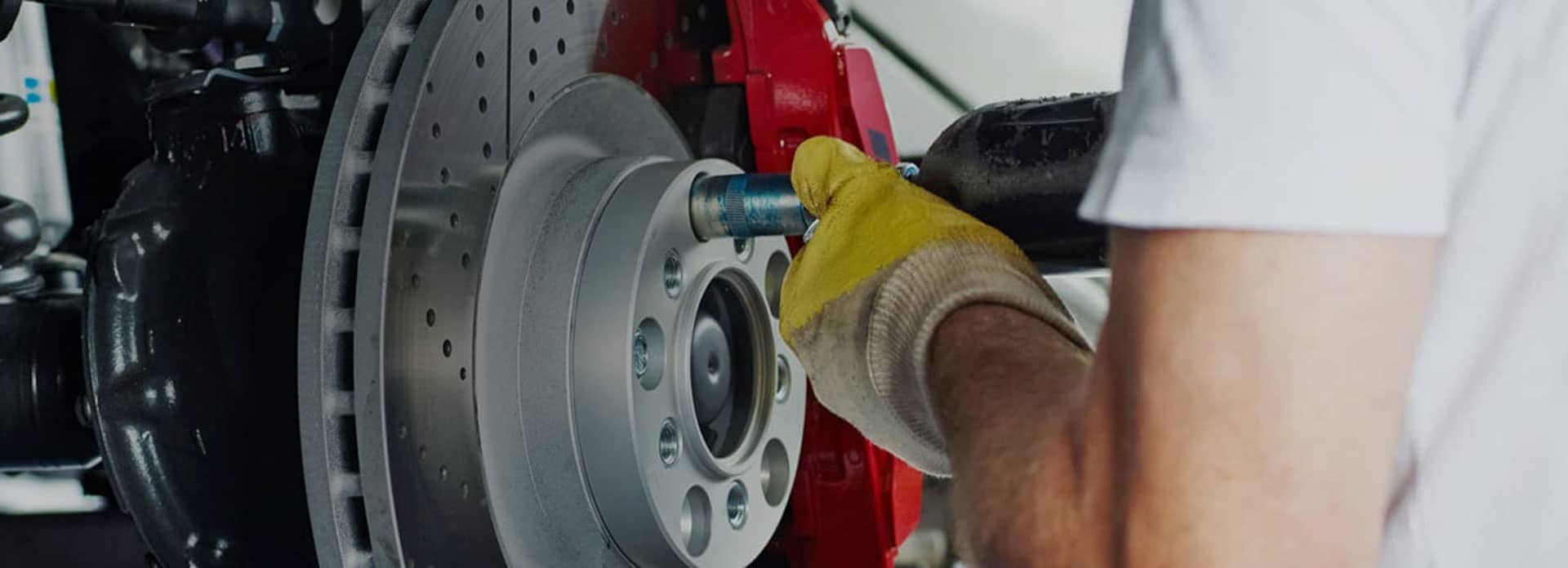
AUTONET TV
Archive for November 2022I Can See Clearly (Wiper Blade Replacement)Posted November 27, 2022 8:35 AMWarm weather can bring severe storms, and when the rain is coming down hard, that's one time you really need to be able to see as clearly as possible out your windshield. Having wiper blades that are fit for the job are important to maintain that safe view. Maybe you live in a climate where you use blades made for winter weather and you have haven't changed them since the weather changed. Those blades are made of heavier materials and don't work as well in warmer temperatures. Blades made for warm temperatures are lighter and clear water better in the warmer months. The general rule of thumb is you should change your blades every six months, but if you use them a lot, you might have to change them more often. A couple of signs that your blades need changing? If you are seeing streaks on the glass or hearing a chattering sound when your wipers are working, time for a new pair. Wiper blades have cleaning windshields on vehicles for more than 100 years. The original designs have a multi-part frame that are better for flatter windshields. But newer vehicle designs now have curvier windshields, so a more recent design is called a blade wiper. It's designed to conform better to the glass so cleans it better. Conventional wipers also aren’t as aerodynamic as blade wipers. Wind buffeting can reduce the pressure they apply on the rubber to the glass. With a spoiler as part of their design, blade wipers are pressed more tightly to the glass, an advantage in clearing water from it. Another option is hybrid blades, essentially a conventional blade with a plastic shell around the wiper's frame that makes it more aerodynamic and, some say, gives it a more aesthetic look. There are lots of choices, so consult our service professionals for a recommendation on which blade fits your needs—and budget—best. Keep your eyes on the road and keep your windshield sparkling clean, rain or shine. McPherson Automotive An Oil for All Seasons (Engine Oil Selection)Posted November 20, 2022 9:27 AMYou swap your winter boots for flip-flops in the summer. Why not change your winter engine oil for summer, hot-weather oil? While it may seem like it makes sense, there's some good news. Most drivers don't have to, and here's why. Engine oil can be made in different thicknesses. That thickness is called viscosity, how easily it flows. Now, it makes sense that the hotter it gets, oil gets a little thinner and doesn't lubricate as well. So if you used a thicker oil in the summer, it's logical that it would protect better in the hotter weather. While there was a time when oils could be only made in one viscosity, times have changed. Using an ingenious formula, oil can now be created that changes its viscosity (called "multi-viscosity") as the temperature rises and falls. It self-adjusts to match the conditions. Now that's what I call a great invention. In most temperate climates, you don't have to swap out the type of oil you use in your vehicle each season. There are exceptions in extreme climates, but your service advisor can advise you on that. Your vehicle's owner's manual recommends the proper viscosity oil to use. Remember that even though you may not have to switch to a different type of oil, you DO have to CHANGE the oil at certain intervals. That's because oil eventually breaks down and picks up contaminants, and if you have old, dirty oil in your engine, it can cause damaging friction and heat. Regular maintenance at your vehicle service facility will ensure that your vehicle is running like a well-oiled machine. McPherson Automotive | ||
SearchArchiveJuly 2018 (16)August 2018 (4) September 2018 (5) October 2018 (4) November 2018 (4) December 2018 (5) January 2019 (5) February 2019 (4) March 2019 (5) April 2019 (4) May 2019 (4) June 2019 (5) July 2019 (4) August 2019 (4) September 2019 (5) October 2019 (4) November 2019 (4) December 2019 (5) January 2020 (5) February 2020 (4) March 2020 (5) April 2020 (4) May 2020 (5) June 2020 (4) July 2020 (4) August 2020 (5) September 2020 (4) October 2020 (4) November 2020 (5) December 2020 (4) January 2021 (6) February 2021 (4) March 2021 (4) April 2021 (4) May 2021 (5) June 2021 (4) July 2021 (4) August 2021 (5) September 2021 (4) October 2021 (5) November 2021 (4) December 2021 (4) January 2022 (6) February 2022 (4) March 2022 (4) April 2022 (4) May 2022 (5) June 2022 (4) July 2022 (5) August 2022 (4) September 2022 (4) October 2022 (5) November 2022 (4) December 2022 (4) January 2023 (5) February 2023 (4) March 2023 (4) April 2023 (5) May 2023 (4) June 2023 (4) July 2023 (5) August 2023 (4) September 2023 (4) October 2023 (5) November 2023 (4) December 2023 (5) January 2024 (5) February 2024 (4) March 2024 (5) April 2024 (4) May 2024 (4) June 2024 (5) July 2024 (4) August 2024 (4) September 2024 (5) October 2024 (4) November 2024 (4) December 2024 (5) January 2025 (4) February 2025 (4) March 2025 (5) April 2025 (4) May 2025 (4) June 2025 (5) July 2025 (4) August 2025 (5) September 2025 (4) October 2025 (4) November 2025 (5) December 2025 (1) | CategoriesDashboard (1)Air Conditioning (7)Battery (7)What Customers Should Know (56)Auto Safety (4)Exhaust (6)Fuel Economy (6)Maintenance (7)Fluids (5)Battery Replacement (1)Transmission (2)Fuel Saving Tip: Slow Down (1)Customer Detective Work (1)Tires and Wheels (3)Check Engine Light (3)Oil Change (3)Alignment (5)Keys to a long lasting vehicle (2)Fuel System (4)Brakes (12)Safe Driving (1)Suspension (1)Cooling System (4)Alternator (3)Water Pump (1)Tires (8)Timing Belt (2)Windshield Wipers (3)Drive Train (3)Inspection (3)Steering (6)Service Standards (3)Older Vehicles (1)Tire Rotation and Balancing (2)Brake Service (6)Shocks & Struts (1)Cabin Air Filter (1)Safety (2)Differential Service (1)Wheel Bearings (1)TPMS (2)Spark Plugs (1)Trip Inspection (2)Engine Air Filter (2)Winter Prep (1)Headlamps (1)Service Intervals (1)PCV Valve (1) | |












